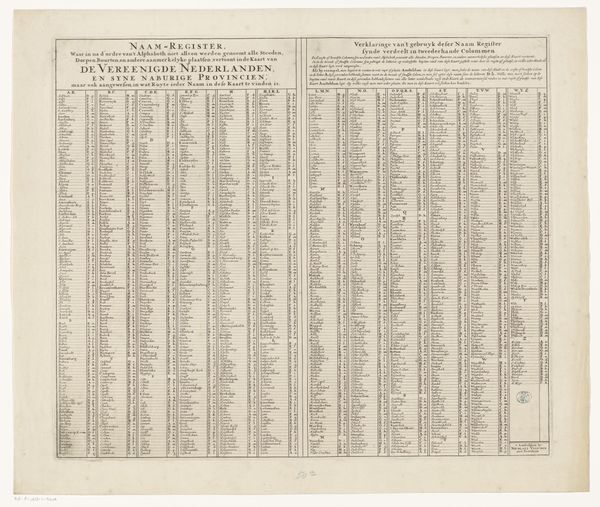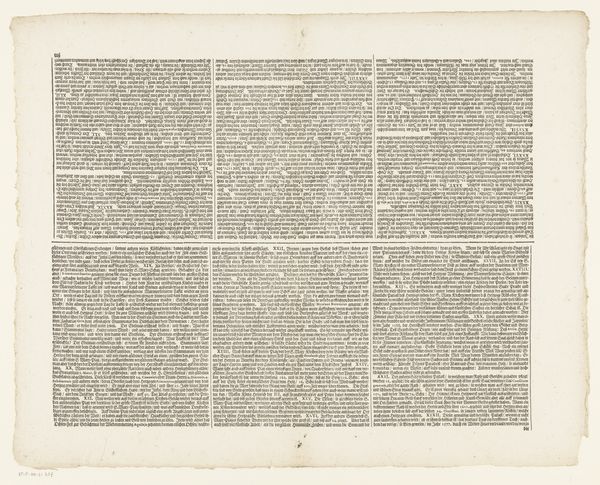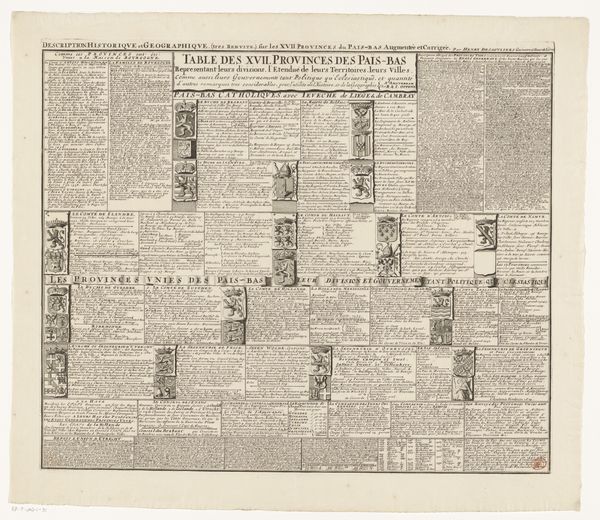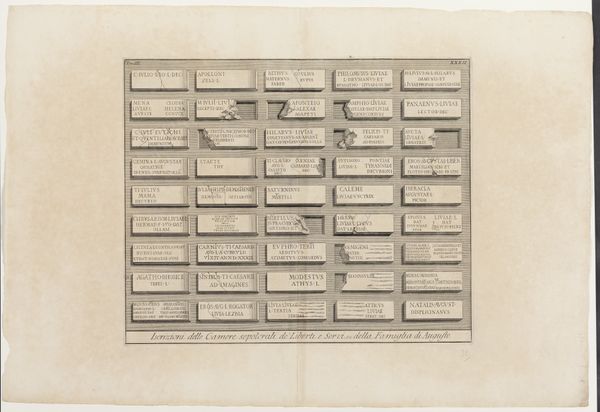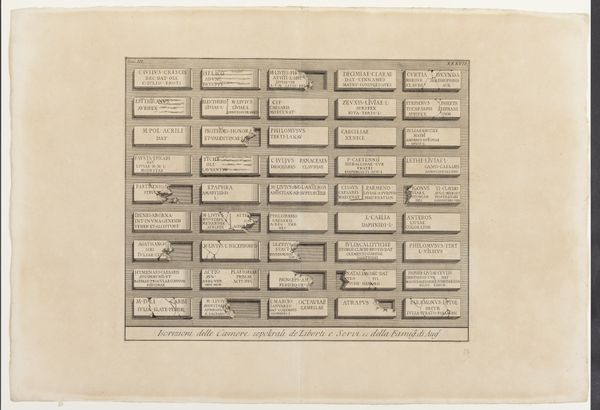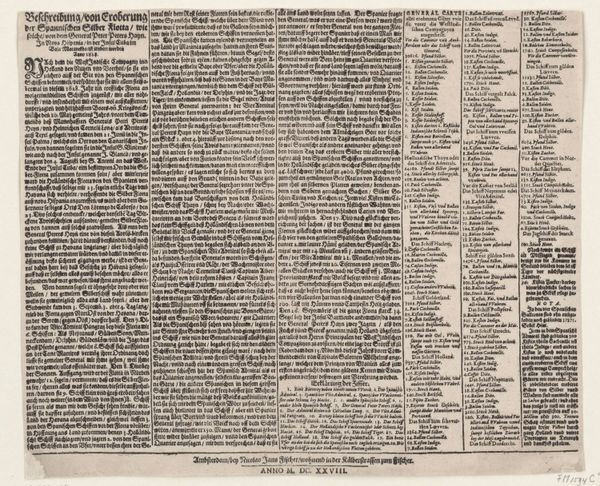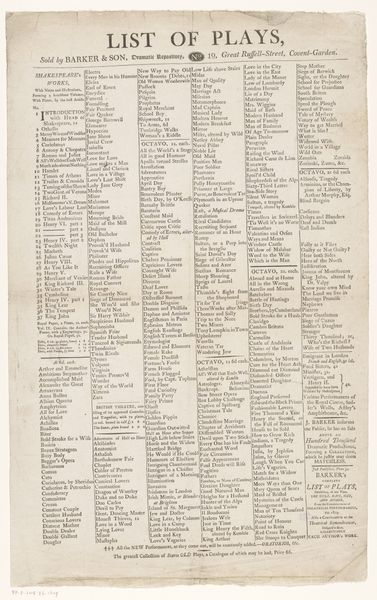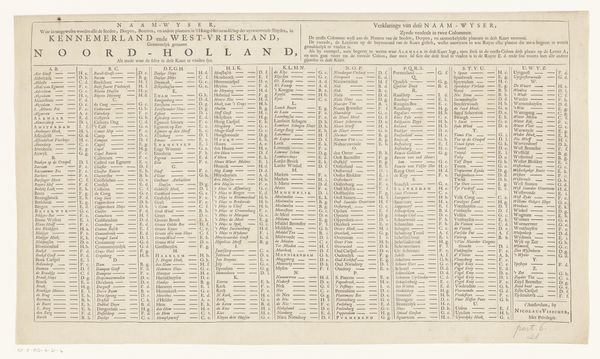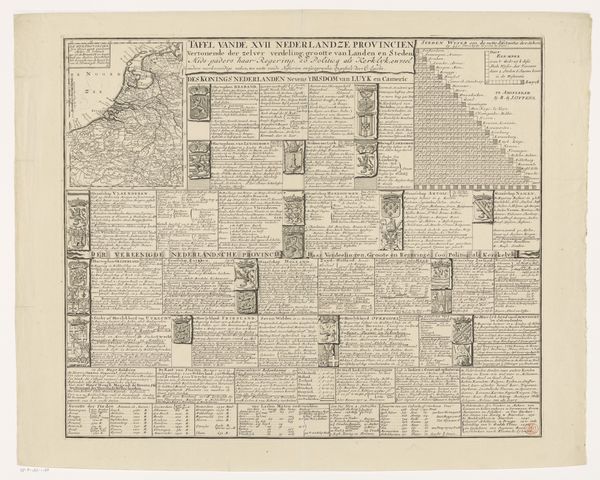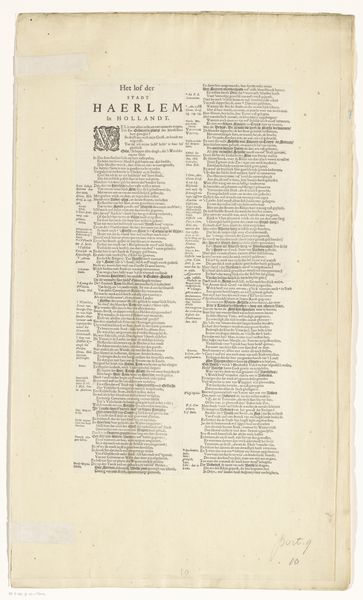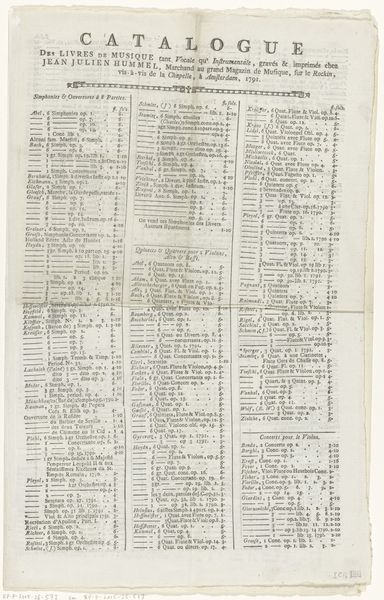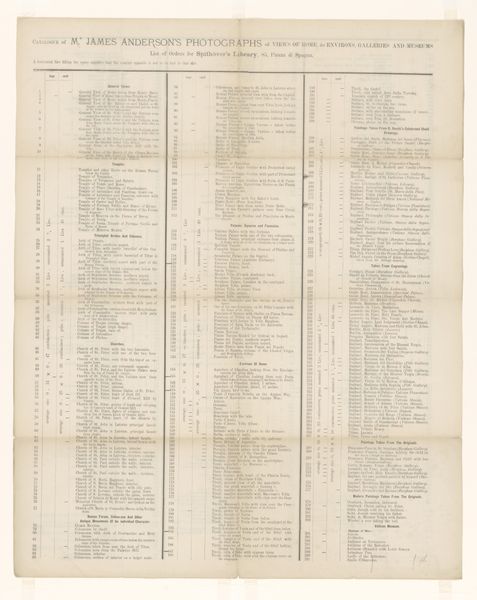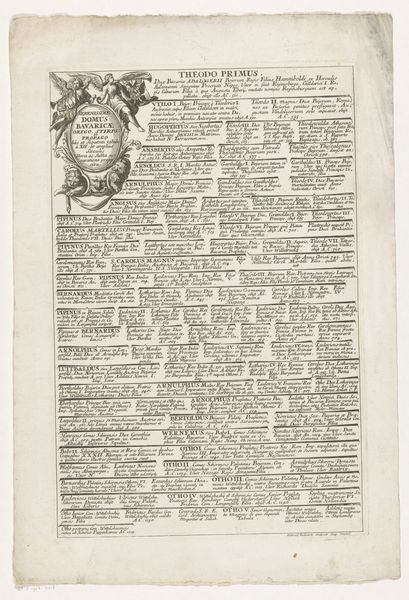
Blad met de routes van en naar verschillende grote steden in West-Europa 1670 - 1724
0:00
0:00
graphic-art, print, engraving
#
graphic-art
#
baroque
# print
#
line
#
cityscape
#
engraving
Dimensions: height 451 mm, width 576 mm
Copyright: Rijks Museum: Open Domain
Editor: Here we have an anonymous engraving from between 1670 and 1724, titled "Blad met de routes van en naar verschillende grote steden in West-Europa," which translates to "Sheet with routes to and from several large cities in Western Europe." It's fascinating how much information they packed into this single print! What jumps out to you about this work? Curator: I'm immediately drawn to the sheer labor involved in producing this print. Think about the process: the drafting, the engraving of the copper plate, the printing itself, all requiring specialized skill and time. This wasn't just art; it was information labor, meticulously crafted for practical use. Editor: That's an interesting perspective. I was focused on the destinations, almost imagining myself traveling those routes. How did this type of print function within its societal context? Curator: Consider who would have needed this information and how it would have been used. Merchants, diplomats, and military personnel would all have benefited from precise navigational knowledge. It demonstrates the evolving infrastructure and the growing demand for efficient methods of logistical coordination to serve emerging capitalist networks. Editor: So, it's not just a piece of art, but a component of early global trade? Curator: Precisely. And look closely at the variations in line quality. The engraver wasn't simply replicating a design; they were actively interpreting and shaping the information. The choices made regarding font, the density of information within each cell—these decisions were deliberate and indicative of the engraver’s own hand in shaping how the information was to be received and ultimately used. It transcends mere documentation, representing skilled labor's involvement within broader mercantile enterprises. Editor: I see it now – less an artistic expression and more an intersection of labor, information, and emerging trade systems. I had never thought of a map in those terms before. Curator: Exactly! Thinking about the materiality and means of production can radically alter how we interpret historical artworks.
Comments
No comments
Be the first to comment and join the conversation on the ultimate creative platform.
